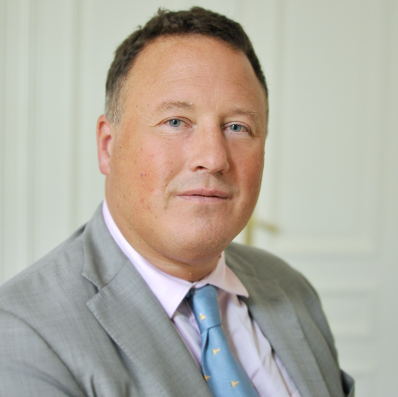The message from UNAIDS for World AIDS Day 2017 is one of hope. Its latest report shows that around 1.8 million people worldwide were infected with HIV (the virus that can lead to AIDS) in 2016. This is down 39% from the peak of the epidemic in the late 1990s when around 3 million people worldwide were being infected each year.
In sub-Saharan Africa, the worst hit region in the world, new HIV infections have fallen by 48% since 2000. The only part of the world that is not seeing the number of new HIV infections fall is Europe. Here the epidemic is plateauing in EU countries and continuing to rise in Russia, Ukraine and other former Soviet countries.
Let us start, first of all, with some good news. As of June 2017 the majority of people worldwide living with HIV were receiving the life saving drugs that stop it progressing into AIDS. To give the numbers, UNAIDS estimates that nearly 21 million out of the 37 million people worldwide living with HIV are receiving treatment. This is a remarkable achievement given that in 2000 fewer than 1 million people with HIV had access to treatment.
The achievement looks even more remarkable in Africa.“..In 2000 there were only 90 people in South Africa on treatment,” said Michel Sidibé, Executive Director of UNAIDS, speaking in Khayelitsha, South Africa at the official launch of the UNAIDS report Right to Health. “Today, South Africa has the biggest life-saving treatment programme in the world, with more than 4 million people on treatment. This is the kind of acceleration we need to encourage, sustain and replicate.”
Having access to anti-retroviral drugs greatly extends the lives of people with HIV. People on treatment can live a normal, healthy lives for many decades. Just as importantly, they are much less likely to infect others with HIV. According to UAIDS “a person living with HIV who is adhering to an effective regime of antiretroviral therapy is up to 97% less likely to transmit HIV”
The challenge now for the international community is to continue the roll out of HIV treatments so that everyone living with HIV has access to them. This is why UNAIDS has made the theme of its 2017 report the Right to Health. It highlights that the people most marginalized in society, and most affected by HIV, are still facing major challenges in accessing the health and social services they need. It also highlights innovative practice from countries such as India and Uganda in meeting these needs.
Going from global level to the 53 countries of the WHO European Region the picture is less encouraging. There are a few positives in the ECDC & WHO/Europe Joint Surveillance Report on HIV/AIDS. It shows the HIV/AIDS epidemic in the EU is stabilising and that the number of new cases is falling in some Member State (Austria, Belgium, Denmark, Estonia, France, Italy, the Netherlands, Spain, and the UK). Across the EU as a whole, though, more needs to be done to ensure people living with HIV are diagnosed early and rapidly put on treatment. The report highlights that half of the new cases identified in 2016 were diagnosed at a late stage in the infection. Asked about EU action to address this, European Health Commissioner, Vytenis Andriukaitis, said “To meet our goal of ending HIV, we need to ensure early diagnosis for everybody, reaching out to risk groups and to the most vulnerable. Next year I intend to present an overview of policies and best practices in fighting HIV – including prevention and early testing – and encourage all Member States and stakeholders to put them in practice.”
The really bad news in the ECDC & WHO/Europe report is a significant rise in the number of new HIV cases diagnosed in what WHO terms “Eastern Europe”: Russia, Ukraine, Belorussia, Moldova and the Central Asian republics. The rising HIV epidemic in these 13 former Soviet republics has been cause for concern in the EU since the early 2000. It has been driven by injecting drug users sharing needles with each other and sex between drug users and their partners. A mixture of conservatism and denial in these societies has made it difficult for them to put in place effective prevention programmes targeting drug users and other marginalised groups. There are also issues in these societies around addressing sex between men as a mode of transmission: it is almost certainly underreported in the official data.
“The HIV epidemic continues to rise at an alarming pace in the European Region, mostly in its eastern part, which is home to almost 80% of the 160 000 new HIV diagnoses. This is the highest number of new cases ever recorded in one year […in these countries].”, warned Dr Zsuzsanna Jakab, WHO Regional Director for Europe. “On World AIDS Day, I urge all countries to take action now to reverse the HIV epidemic in Europe.”
